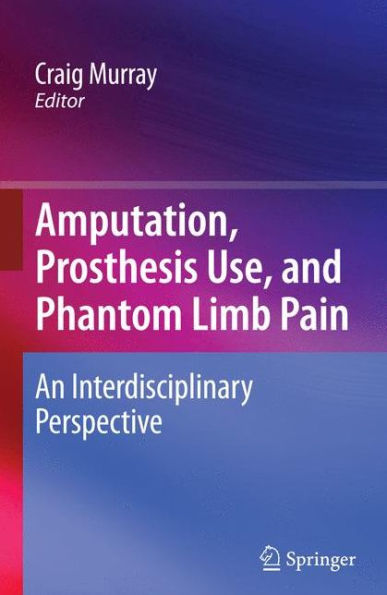5
1
9780387874616



Amputation, Prosthesis Use, and Phantom Limb Pain: An Interdisciplinary Perspective / Edition 1 available in Hardcover, eBook

Amputation, Prosthesis Use, and Phantom Limb Pain: An Interdisciplinary Perspective / Edition 1
- ISBN-10:
- 0387874615
- ISBN-13:
- 9780387874616
- Pub. Date:
- 12/14/2009
- Publisher:
- Springer New York
- ISBN-10:
- 0387874615
- ISBN-13:
- 9780387874616
- Pub. Date:
- 12/14/2009
- Publisher:
- Springer New York

Amputation, Prosthesis Use, and Phantom Limb Pain: An Interdisciplinary Perspective / Edition 1
$89.99
89.99
In Stock

Product Details
| ISBN-13: | 9780387874616 |
|---|---|
| Publisher: | Springer New York |
| Publication date: | 12/14/2009 |
| Edition description: | 2010 |
| Pages: | 203 |
| Product dimensions: | 6.40(w) x 9.30(h) x 0.80(d) |
About the Author
From the B&N Reads Blog
